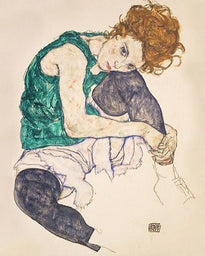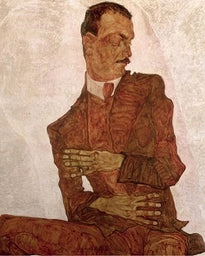The Bodily, Social and Architectural Dimensions of Survival
About 50,000 Jews survived the Holocaust in hiding on the territory of occupied Poland. Most of them had to find, build and use various hideouts. Driven by necessity, they looked for refuge in the seemingly unlikely places such as tree hollows, closets, cellars or sewers – staying there for hours, days, but sometimes even for months. Architect, scholar and artist Natalia Romik has identified and examined several hideouts that still exist to this day. Their architectural remnants bear witness to the creativity and will of survival of their makers. In her exhibition “Hideouts: Architecture of Survival” she used aesthetically challenging, sculptural forms to convey their delicate materiality and charged history.
This interdisciplinary book offers a multiplicity of voices to compliment the unique work of Natalia Romik. It raises the fundamental question about the function of art and architecture in relation to history, violence and cultures of public commemoration.
































